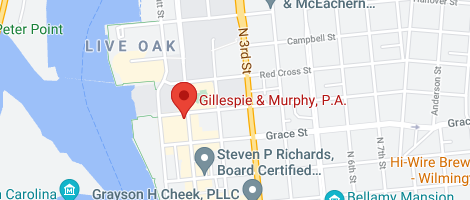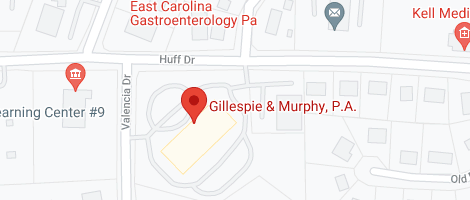The Small Business Debtor Reorganization Act went into effect in February of 2020 to provide small businesses with financial relief. Known as Subchapter 5 of the Bankruptcy Code, business owners experiencing a temporary hardship may qualify if their debts do not exceed $2.7 million.
When a small business files for bankruptcy protection, it seeks to liquidate or restructure outstanding debts. After submitting a reorganization plan under a Chapter 11 bankruptcy, the court requires a creditor’s committee to vote on its approval. As reported by CFO.com, a Subchapter 5 bankruptcy allows a business to reorganize without a creditor’s committee.
Benefits of Subchapter 5 bankruptcy over Chapter 7 or 11
Unlike a Chapter 7 bankruptcy, in which the court requires a liquidation to pay creditors, a business owner may not lose assets or property. Congress designed Subchapter 5 for enterprises that could recover from a temporary financial setback. The procedure may move quickly if an owner anticipates an improvement in revenue.
Bankruptcy under Chapter 11 requires restructuring and may result in a business owner losing equity to a secured creditor. Under Subchapter 5, the court does not require a creditor’s committee and business owners do not incur its costs. Without a committee, businesses may also reduce the chance of a secured lender filing an adversary action.
The advantage of resuming operations sooner
Chapter 11 bankruptcies provide businesses with 120 days to submit a reorganization plan to the court. Because of filing extensions and administrative fees, a business owner may incur significant costs, as noted by CFO Dive. Under Subchapter 5, an owner may submit a restructuring plan for a court approval within 90 days.
Small businesses have several options when deciding upon a bankruptcy plan and each procedure offers different means for relief. Owners may need to consider the method most suited to their business’s purpose and direction.











